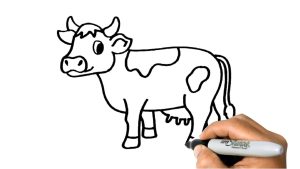Cow Drawing can be a delightful artistic endeavor, requiring a keen eye for detail and a touch of creativity. Begin with the basic shape of the cow’s body, typically a large oval, and then add a smaller oval towards the rear for the hindquarters. Extend four curved lines downward from the body to form the legs, ensuring that they are proportionate.
A Guide to Cow Drawing
here’s a guide to cow drawing:
Materials:
- Pencil
- Eraser
- Drawing paper
- Optional: colored pencils, crayons, or markers
Instructions:
- Start with basic shapes. Use circles and ovals to sketch the head, body, and legs. Don’t worry about making them perfect; just get the general proportions right.
- Refine the shapes. Once you have the basic shapes, start to refine them. Add details like the ears, nose, eyes, and tail.
- Add fur and texture. Use short, choppy strokes to add fur to the cow’s body. You can also use different shades of pencil to create depth and shadow.
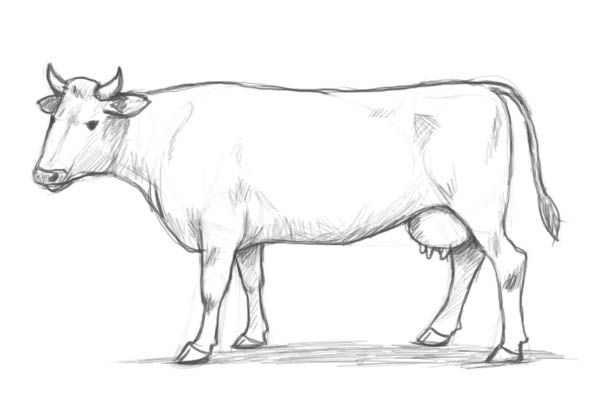
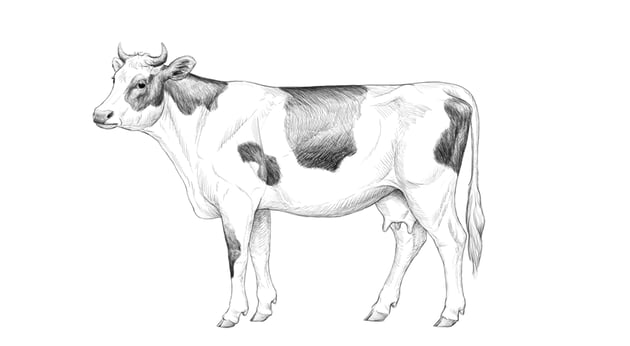
Mastering the Basics of Cow Drawing
Moo-ve over Picasso, it’s time to master the majestic art of cow drawing! Whether you’re a seasoned artist or just starting to moo-se your way into the world of sketching, this guide will provide you with the fundamentals to draw charming cows that’ll have you udderly impressed.
Gather your herd of art supplies:
- Pencils: A trusty HB pencil for sketching and a 2B or 4B for adding shadows and depth.
- Eraser: Because everyone makes mis-steaks sometimes!
- Drawing Paper: Smooth, textured paper like Bristol Board is ideal for pencil drawings, but regular printer paper works too.
- Optional: Sharpener, blending stump, colored pencils, crayons, or markers for adding splashes of color.
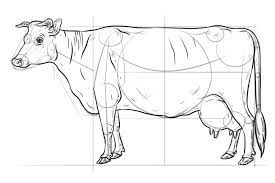
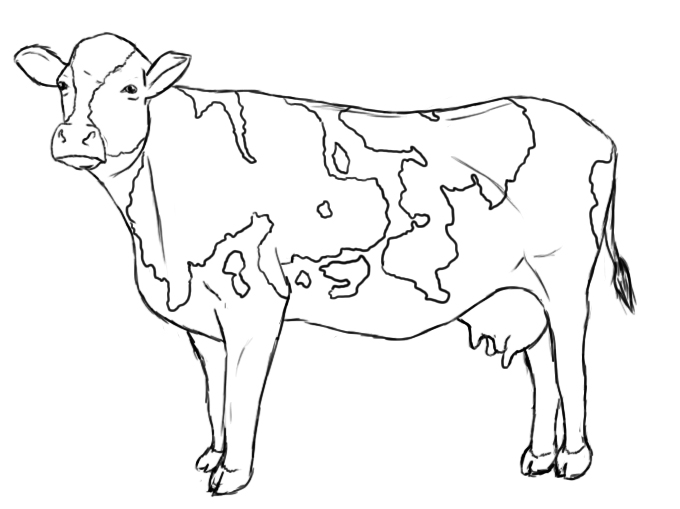
Cow Drawing for Beginners
It’s great you’re interested in drawing cows. Here’s a beginner-friendly guide to get you started:
Materials:
- Pencil (HB or 2B)
- Eraser
- Drawing paper (smooth or textured)
- Optional: colored pencils, crayons, or markers
Steps:
- Start with basic shapes:
- Body: Large oval, slightly wider at the back.
- Head: Smaller oval, attached to the body with a curved neck.
- Legs: Four smaller ovals, positioned under the body for stability.
- Tail: Short, curved line extending from the back.
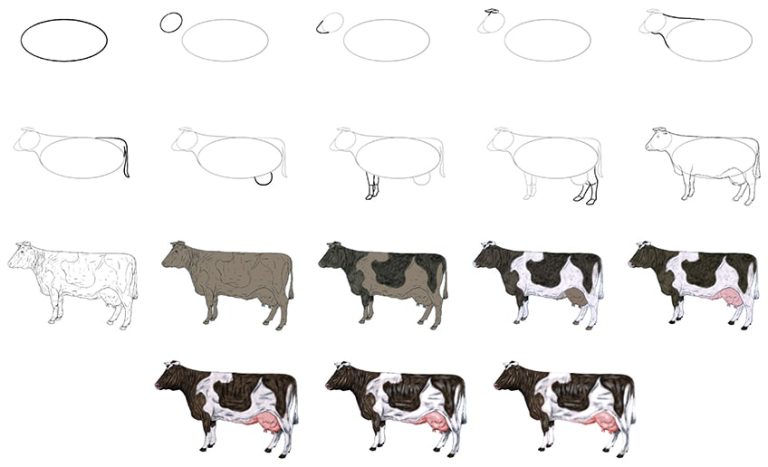
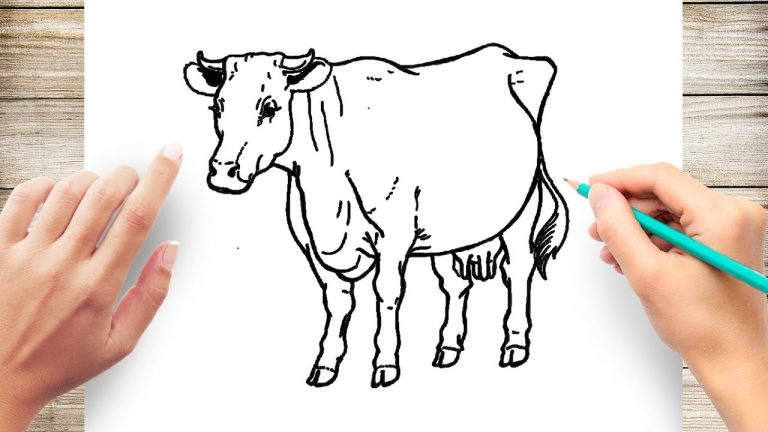
A Step-by-Step Save Cow Drawing
Let’s create a heartwarming drawing of a cow being rescued from a flooded field, symbolizing hope and resilience!
Materials:
- Pencil
- Eraser
- Drawing paper
- Optional: Colored pencils, crayons, or markers
Steps:
- Sketch the Landscape:
- Draw a curved line for the horizon, dividing the paper into sky and land.
- On the land, sketch wavy lines to represent floodwater, with peaks and dips suggesting submerged ground.
- The Struggling Cow:
- In the floodwater, draw a large oval for the cow’s body, tilted slightly to show its struggle.
- Add a smaller circle above for the head, connected by a curved neck.
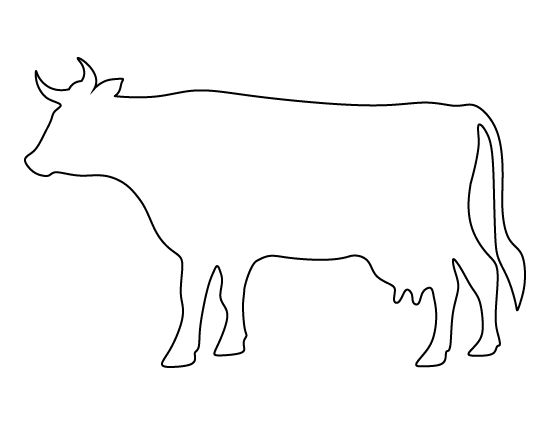

Cow Drawing Techniques
Ready to moo-ster your cow drawing skills? Let’s explore some techniques to take your bovine art to the next level!
1. Mastering Proportions:
- Grid method: Divide your paper into squares and sketch the cow’s basic shapes within them, referencing anatomical references for accurate proportions.
- Comparative shapes: Use familiar shapes like circles, ovals, and rectangles to represent the head, body, legs, and other features.
- Golden ratio: Apply the golden ratio (1:1.618) to divide the body and head for aesthetically pleasing proportions.
2. Adding Depth and Texture:
- Shading: Use hatching, cross-hatching, and stippling techniques to create shadows, highlights, and fur texture. Experiment with different pencil grades for varying intensity.
- Layering: Build up layers of pencil strokes for depth and realism, starting with light strokes and gradually adding darker layers.

Frequently Asked Questions (FAQs)
To draw a cow, follow these key steps:
- Begin with a large oval for the body and a smaller oval for the hindquarters.
- Extend four curved lines downward for the legs.
- Use a slightly elongated oval for the head, adding pointed ears and a curved neck.
To make your cow drawing look more realistic:
- Pay attention to proportions, ensuring the body, legs, and head are appropriately sized.
- Add details such as shading to create depth and texture.
- Observe reference images of real cows to capture accurate features.
Absolutely! Different types of cows may have distinct features. For dairy cows, you might want to emphasize their udder and a more streamlined body. Beef cattle may have a stockier build, and certain breeds have unique characteristics
Related posts:
- Parrot Drawing
- Pencil Drawing Pictures : Simple Steps for Drawing
- Pokemon Drawing : Pokemon Drawing for Beginners
- Rabbit Drawing : A Guide to Rabbit Drawing
- Republic Day Drawing : Republic Day Drawing Ideas
- Save Earth Drawing : Drawing for Beginners
- Shin Chan Drawing
- Shiva Drawing : Tips for Shiva Drawing
